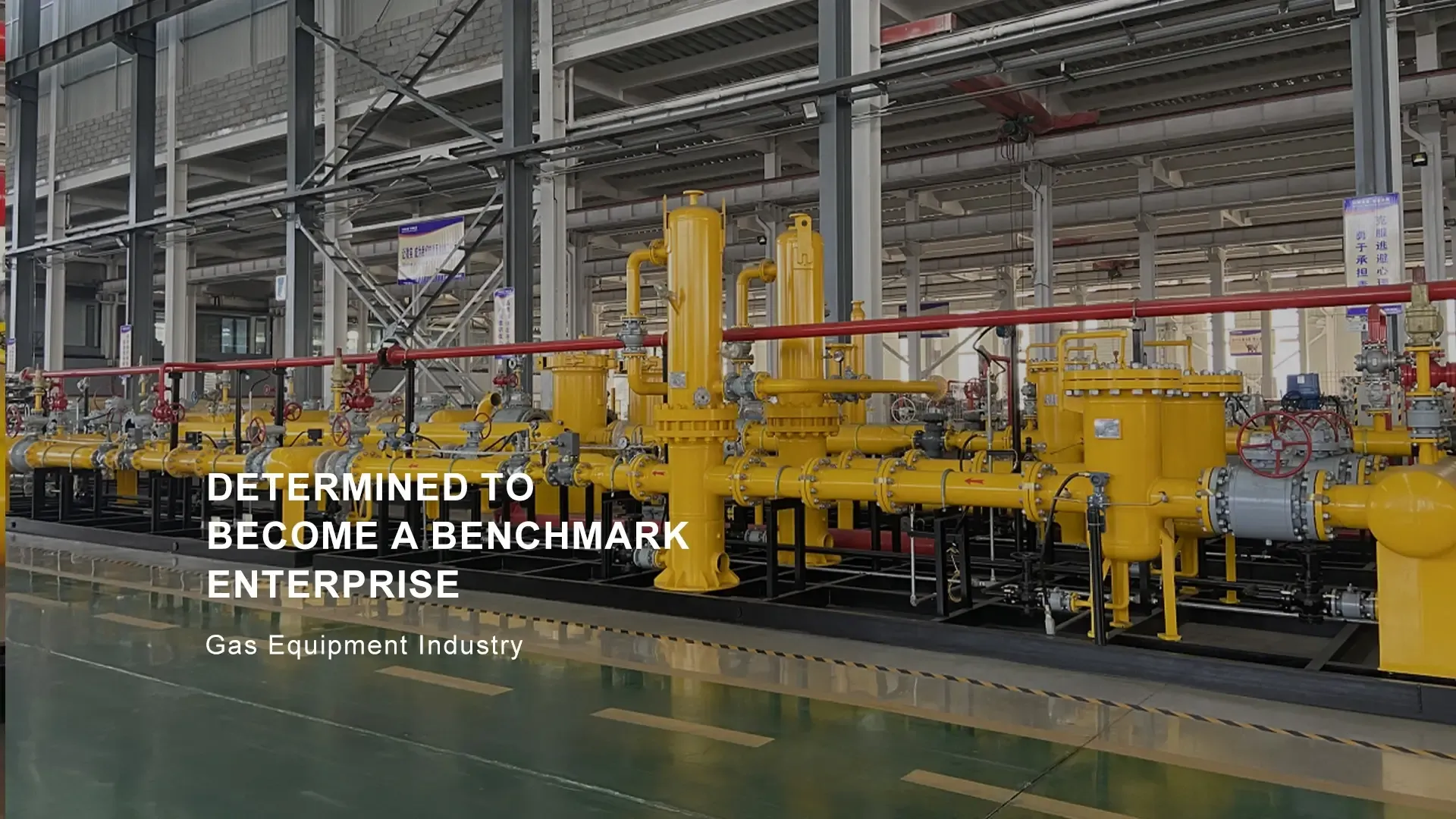
Nov . 12, 2024 22:33
Back to list
gasification equipment
Understanding Gasification Equipment A Pathway to Sustainable Energy
Gasification equipment plays a pivotal role in the transformation of biomass and fossil fuels into syngas, a mixture primarily composed of carbon monoxide, hydrogen, and carbon dioxide. As the world shifts towards cleaner energy alternatives, gasification technology has gained significant attention for its potential in renewable energy production, waste management, and carbon reduction strategies.
What is Gasification?
Gasification is a thermochemical process that converts organic or fossil fuel-based materials into carbon monoxide, hydrogen, and carbon dioxide through high-temperature treatment in an oxygen-limited environment. Unlike combustion, which simply burns materials to release energy, gasification transforms the feedstock into a more manageable and versatile form of energy. The resulting syngas can be used to generate electricity, produce liquid fuels, or serve as a building block for chemicals.
Components of Gasification Equipment
The design and functionality of gasification equipment can vary greatly depending on the application, the feedstock used, and desired output
. However, several core components are commonly found in gasification systems1. Feedstock Preparation Unit This system is responsible for receiving and preparing solid, liquid, or gaseous feedstock. For solid feedstocks, processes such as shredding, drying, and sieving may be employed to ensure uniform particle size and moisture content.
2. Gasifier The core of the gasification system, the gasifier, is where the actual conversion occurs. It operates at high temperatures (typically between 700°C and 1,200°C) with limited oxygen to facilitate the gasification reactions. Various types of gasifiers exist, including fixed-bed, fluidized-bed, and entrained-flow gasifiers, each suited for different feedstocks and operational requirements.
3. Syngas Cleanup System After gasification, the raw syngas produced contains impurities like tar, ash, and sulfur that must be removed before utilization. The syngas cleanup system employs processes such as cooling, filtration, scrubing, and catalytic oxidation to purify the syngas, ensuring it meets the required specifications for further applications.
gasification equipment

4. Energy Recovery Units To enhance overall efficiency, many gasification systems include energy recovery units that capture waste heat from the gasification process. This recovered energy can be used to power the system or provide additional energy for downstream processes.
5. Control and Monitoring Systems Advanced control systems are essential for optimizing the gasification process. They monitor temperature, pressure, and syngas composition, allowing operators to adjust parameters in real-time to maximize efficiency and minimize emissions.
Applications of Gasification Equipment
The versatility of gasification technology allows for numerous applications across various industries
- Renewable Energy Production Gasification stands out as a cleaner alternative for energy generation from biomass. By converting organic materials like agricultural residues and municipal solid waste into syngas, gasification systems provide a sustainable energy source, reducing reliance on fossil fuels.
- Waste Management Gasification helps mitigate waste disposal issues by converting non-recyclable waste into valuable energy. This process not only diverts organic materials from landfills but also minimizes greenhouse gas emissions associated with waste decomposition.
- Chemical Production Syngas serves as a crucial feedstock for various chemical processes, including the production of methanol, ammonia, and synthetic fuels. This capability opens new avenues for creating chemicals from renewable sources.
Conclusion
Gasification equipment represents a crucial technology in the pursuit of a sustainable energy future. By efficiently transforming waste and diverse feedstocks into clean energy, it addresses several major environmental and resource challenges. As innovation in gasification technology continues to progress, we can expect enhanced efficiency, reduced costs, and greater adoption of this transformative technology across the globe. Embracing gasification could pave the way for a cleaner, more sustainable energy landscape, illustrating its importance in our transition towards a carbon-neutral world.
Next:
Latest news
-
Safety Valve Spring-Loaded Design Overpressure ProtectionNewsJul.25,2025
-
Precision Voltage Regulator AC5 Accuracy Grade PerformanceNewsJul.25,2025
-
Natural Gas Pressure Regulating Skid Industrial Pipeline ApplicationsNewsJul.25,2025
-
Natural Gas Filter Stainless Steel Mesh Element DesignNewsJul.25,2025
-
Gas Pressure Regulator Valve Direct-Acting Spring-Loaded DesignNewsJul.25,2025
-
Decompression Equipment Multi-Stage Heat Exchange System DesignNewsJul.25,2025

